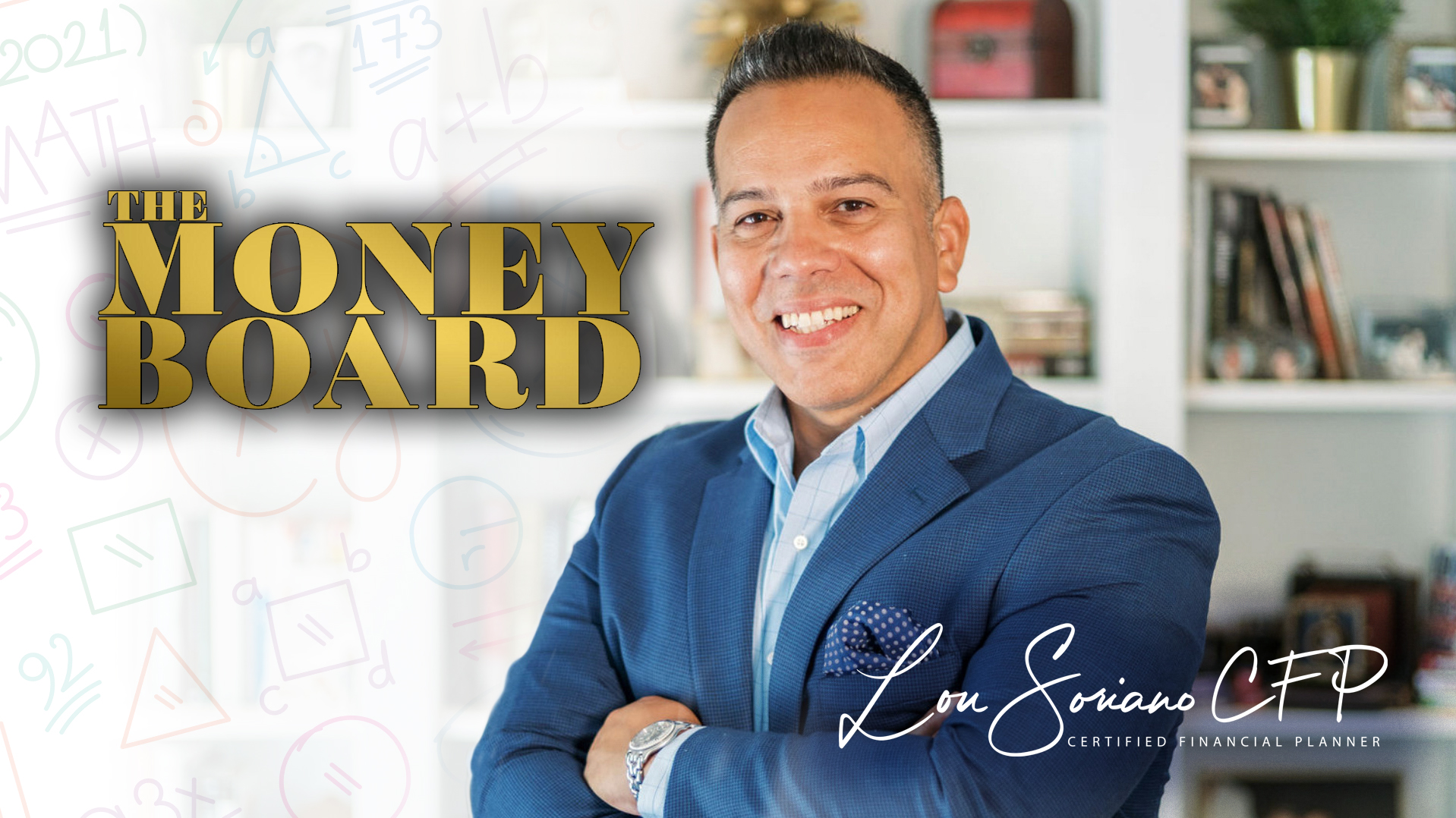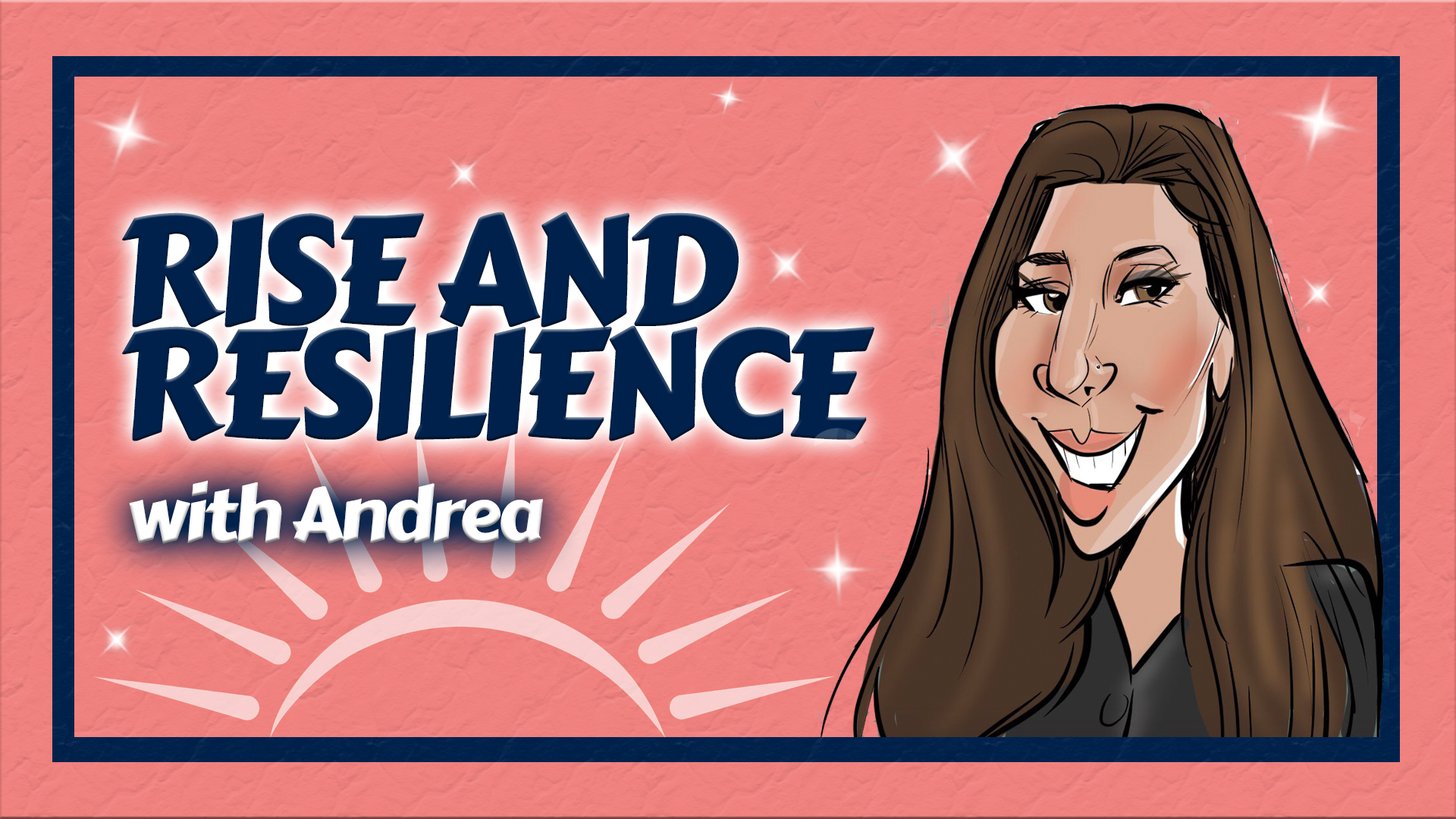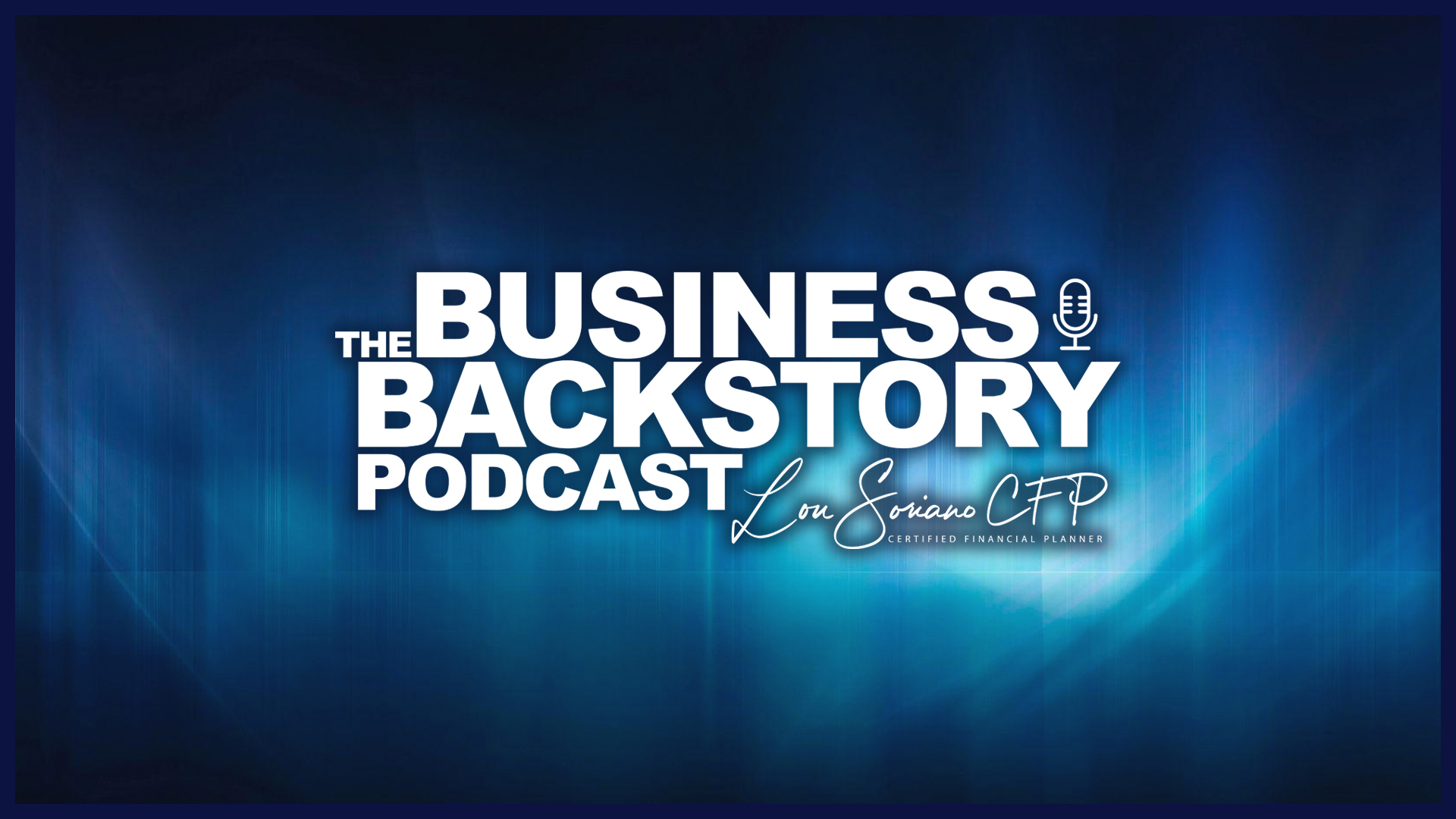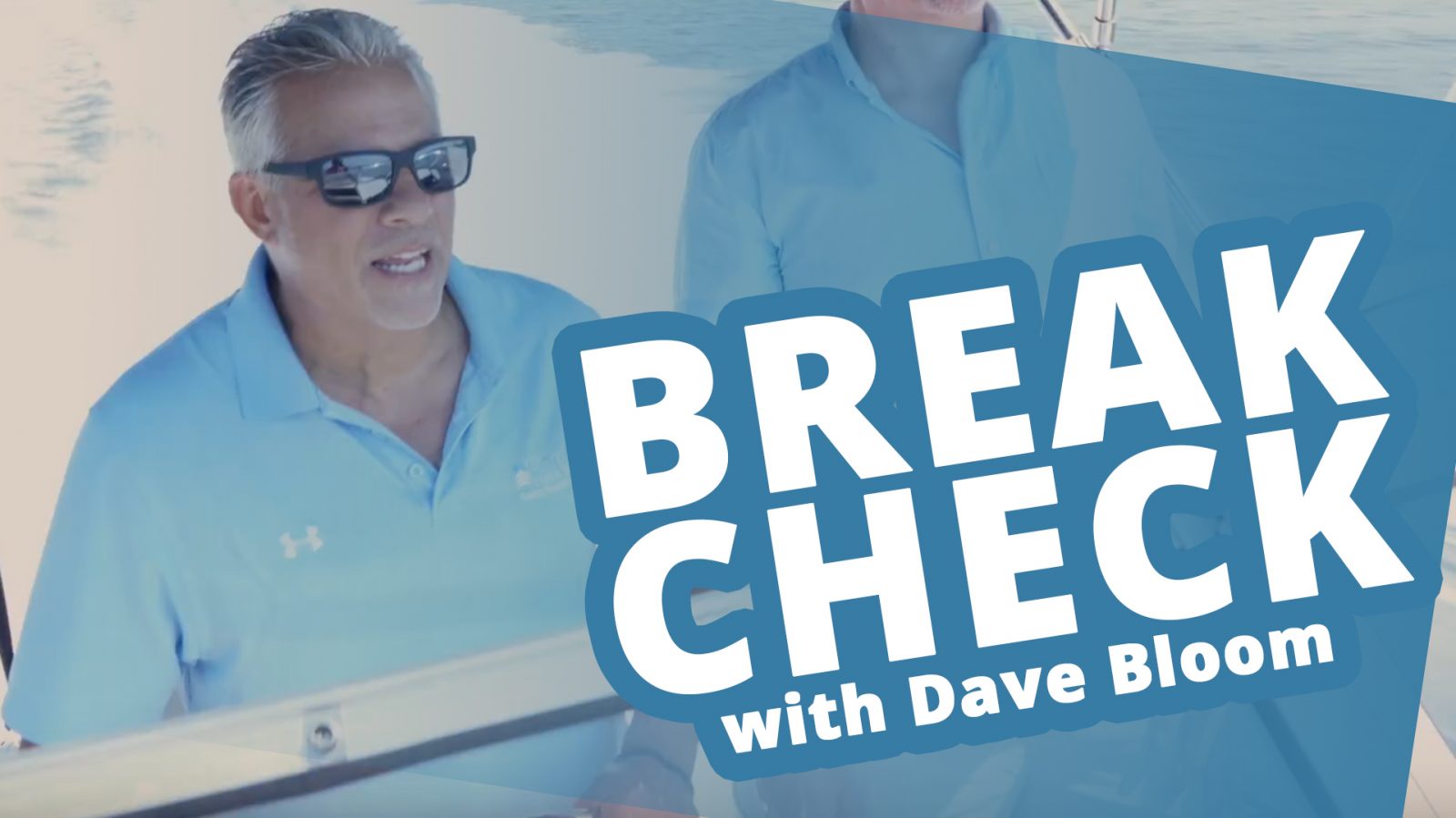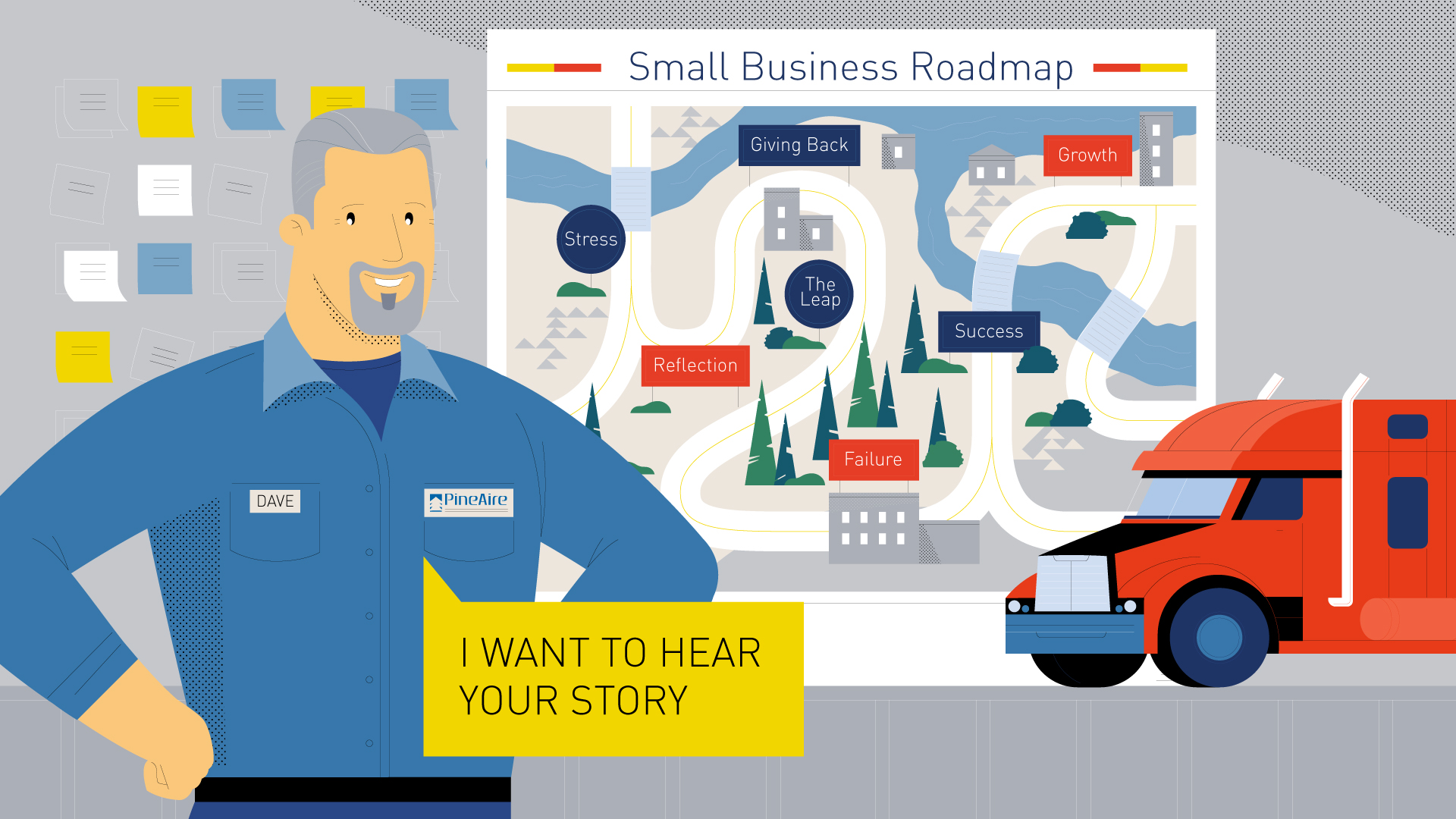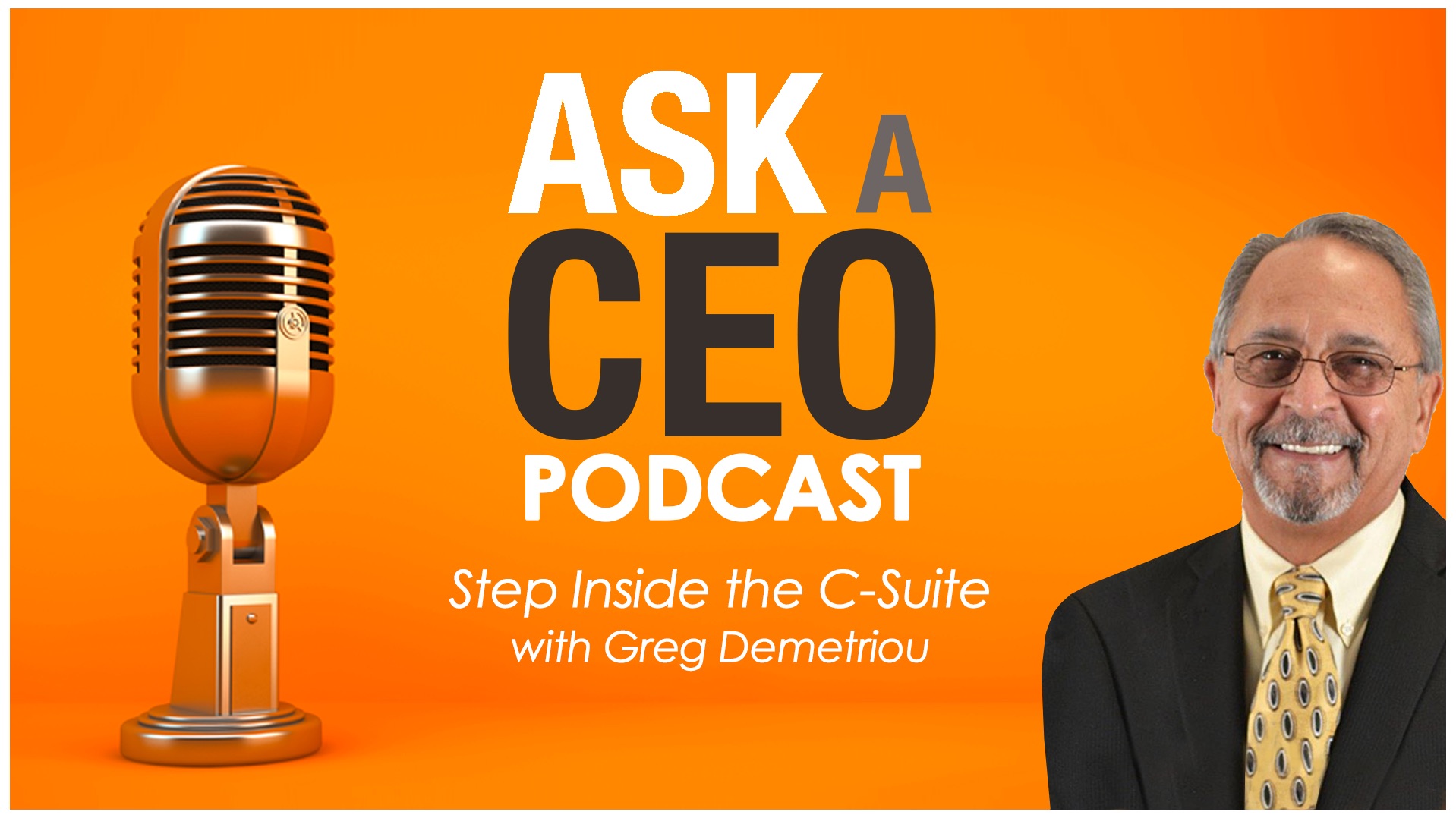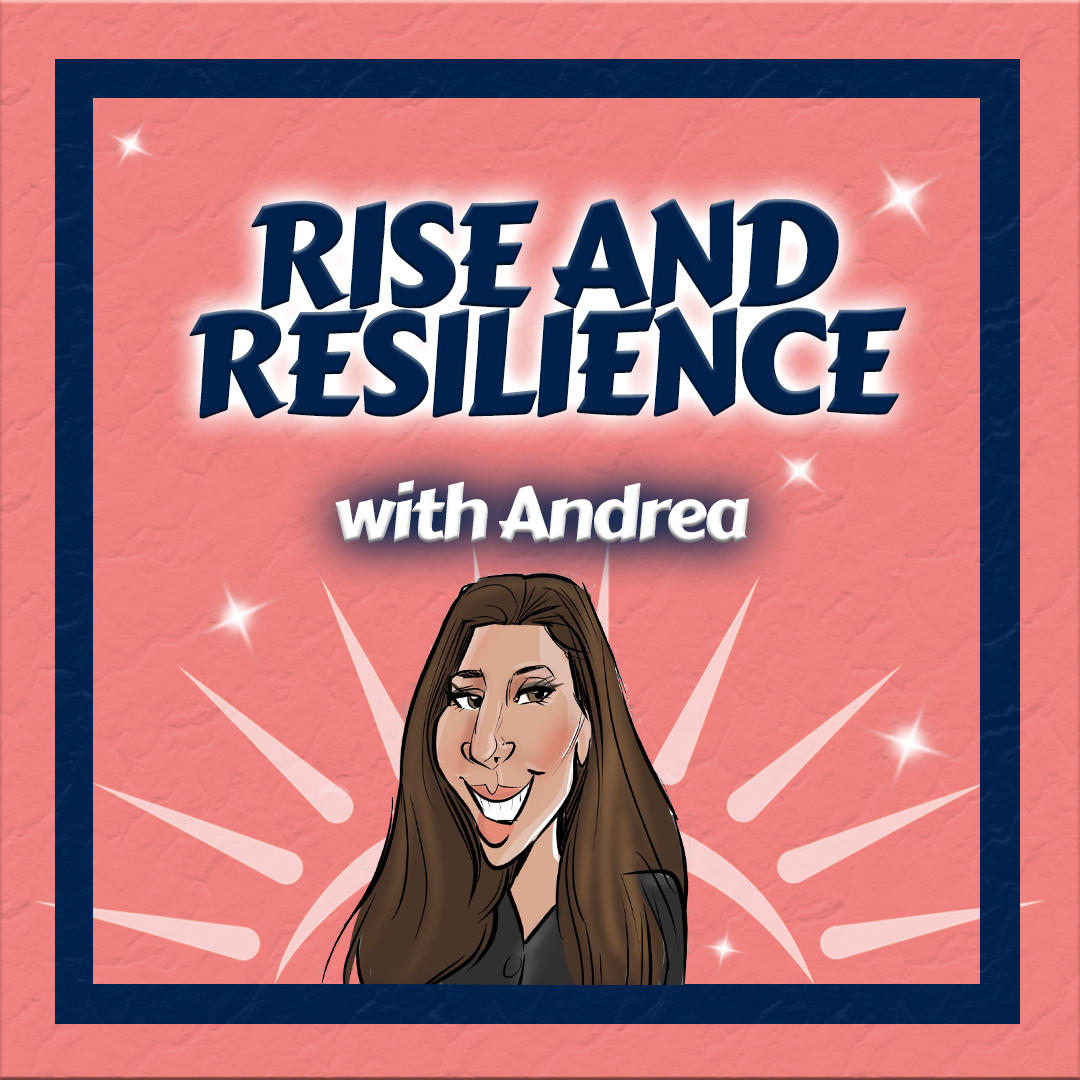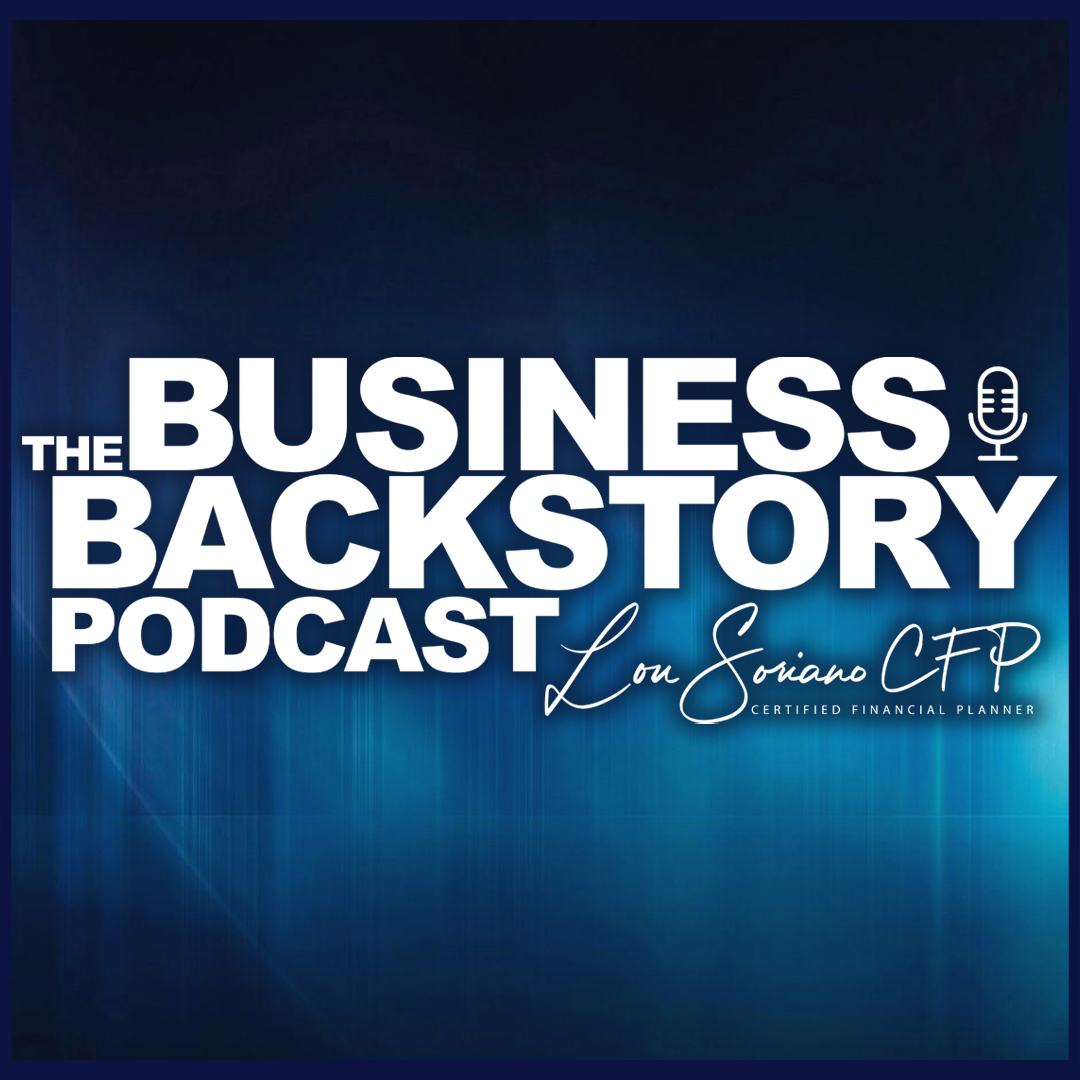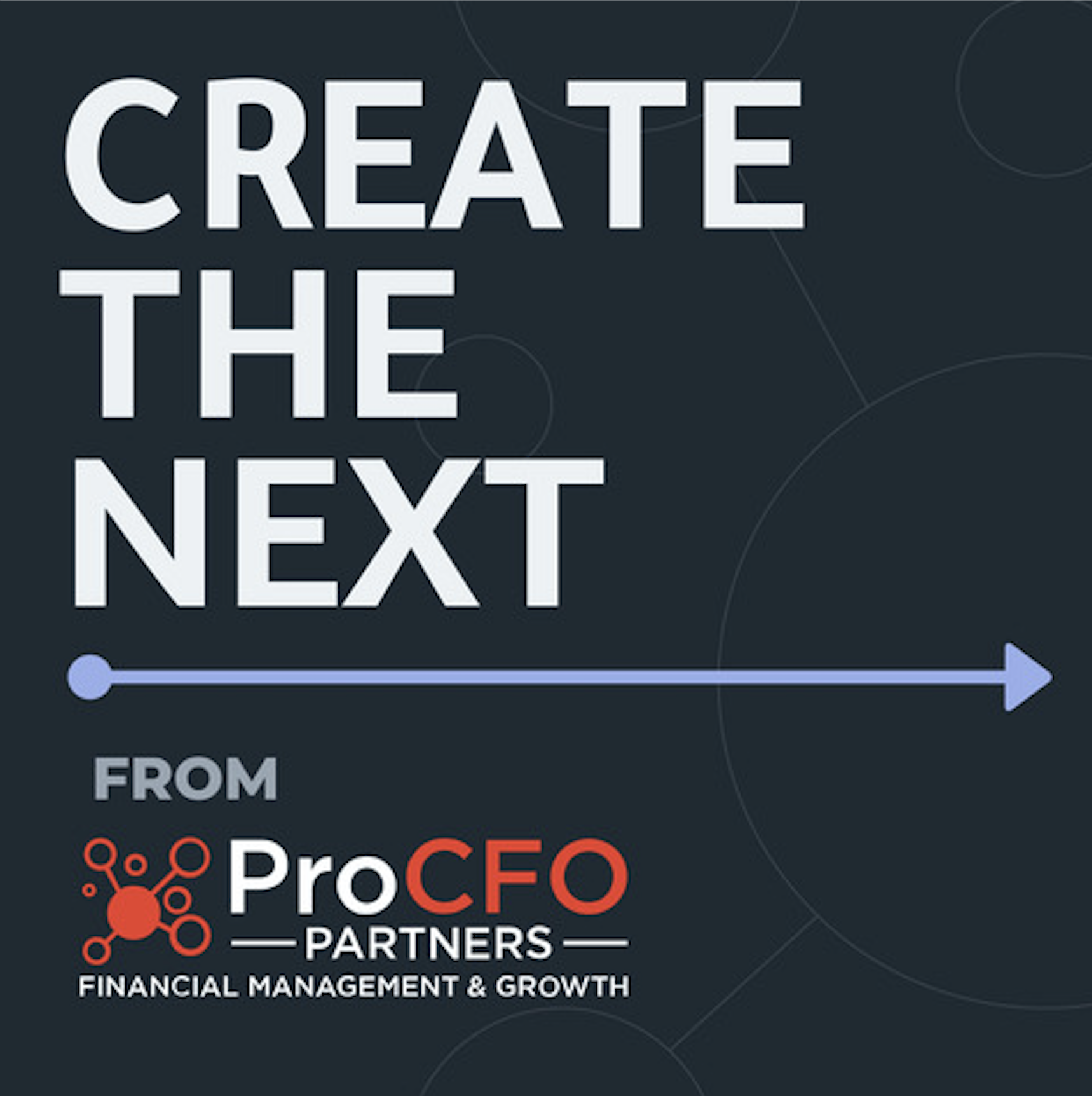
March 2020
4 Min Read
Creating Content That Works
Creating relevant content should be the main focus when developing any marketing strategy. Quality content should reflect your brand, motivating people to stay engaged.
Without a structure for what you say and a plan for how and when you say it, you risk leaving your followers confused, at best. In the worst-case scenario, your audience will ignore you.
Strategy First
You wouldn’t begin building a house without a blueprint, or a company without a mission statement; likewise, you shouldn’t create content without a plan.
A content strategy should consist of everything from brand and tone to how your content will be promoted and eventually repurposed. It plans for the creation, publication, and governance of useful, relevant content. You must work towards defining not only what content is to be published, but why it should be in the first place. If not, content strategy isn’t strategic at all; it’s just an elevated production line for unwanted or unnecessary content.
A content strategy at its best defines the following:
- Key themes and messages.
- Recommended topics.
- Content purpose (i.e., how content will bridge the gap between audience needs and business requirements).
- Search Engine Optimization (SEO).
Consisting of a few sentences or paragraphs, a content strategy states the content approach. The content strategy alone should be fairly short and concise. This will be helpful for everyone working on content, when it comes to staying focused on the strategy.
Content strategy coexists with the user experience strategy. You certainly want to avoid your experience strategy conflicting with your content strategy. If your experience strategy is for customers to research, compare, and buy a large range of products effortlessly, then your content should focus on the strategy that aids in helping customers perform those tasks. If the focus of the product or service is content, then the content strategy may actually be integrated into the experience strategy. For instance, basic content strategy should cover areas such as:
- Content Purposes and Contexts: A critical aspect to the strategy is what the content is supposed to accomplish and in what situations; from these two considerations the other aspects of the strategy should flow. For example, the content’s purpose may be to influence people to subscribe to a service, whereas a content situation may be the user discovering their service options.
- Content Topics and Types: The strategy may cover the major topic areas, such as product specifications and benefits, in addition to the main types of content (text, blog posts, audio, video, etc.).
- Content Distribution: The strategy covers what content, if any, will be necessary for distribution and through which particular distribution methods (feeds, social networking sites, etc.).
- Search Engine Optimization (SEO): While SEO has its own strategy, it may overlap with content concerns. A content strategy should indicate whether SEO is a necessity along with any key consequences, such as if there is a need for landing page content.
- Content Tone: Tone is vital when it comes to conveying a brand image and consistent content “voice.” This is important to include as it helps everyone working on the content stay consistent with the tone.
- Content Management, Governance, Standards, and Maintenance: If a content management system, governance board, set of standards, or a maintenance plan are needed, the strategy should indicate it. These items are even more important for larger organizations, especially in those where the content creation is highly decentralized.
Buyer Personas
Then, to truly understand the individuals you will be writing content for, you’ll want to create a buyer persona for each type of audience or target market you sell to. CGT Marketing offers a useful worksheet which can be found here.
A buyer persona is a fictional person that represents your target customer or maybe a piece of your audience. This fictional person’s interests, challenges, and problems align with your audience’s. For B2B, you’ll need to develop a persona for buyers involved in the decision-making process and here is how you can do so.
You’ll want to begin by researching your audience, possibly even discovering interesting new details about your customers you didn’t already know. You’ll want to peek at your current customer base. Who are your most loyal customers and purchasers? Are there any similarities amongst the two? By finding similarities amongst your best customers, you’ll be able to create a persona attracting more great customers.
Buyer personas can help a business hone in on their brand message, attract their target audience, and obtain ongoing commercial success. By following the above tips and dedicating the time to create key buyer personas for your company, you’ll be able to create content and launch campaigns that appeal to your audience, help grow your brand, and evolve with your client base.
Summary
When developing any marketing strategy, the focus should be to create relevant content for a particular audience. While it is extremely vital to have quality content, it is just as important to reach the right audience. After reading through these tips and using the Buyer Persona Worksheet (through the link above), you should have the foundation necessary for crafting compelling content.
























